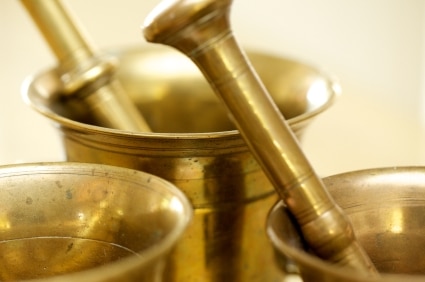Testosterone Therapy for Men and Women For men and women suffering from low testosterone many forms of testosterone therapy now exist. ...

Testosterone Therapy for Men and Women For men and women suffering from low testosterone many forms of testosterone therapy now exist. ...